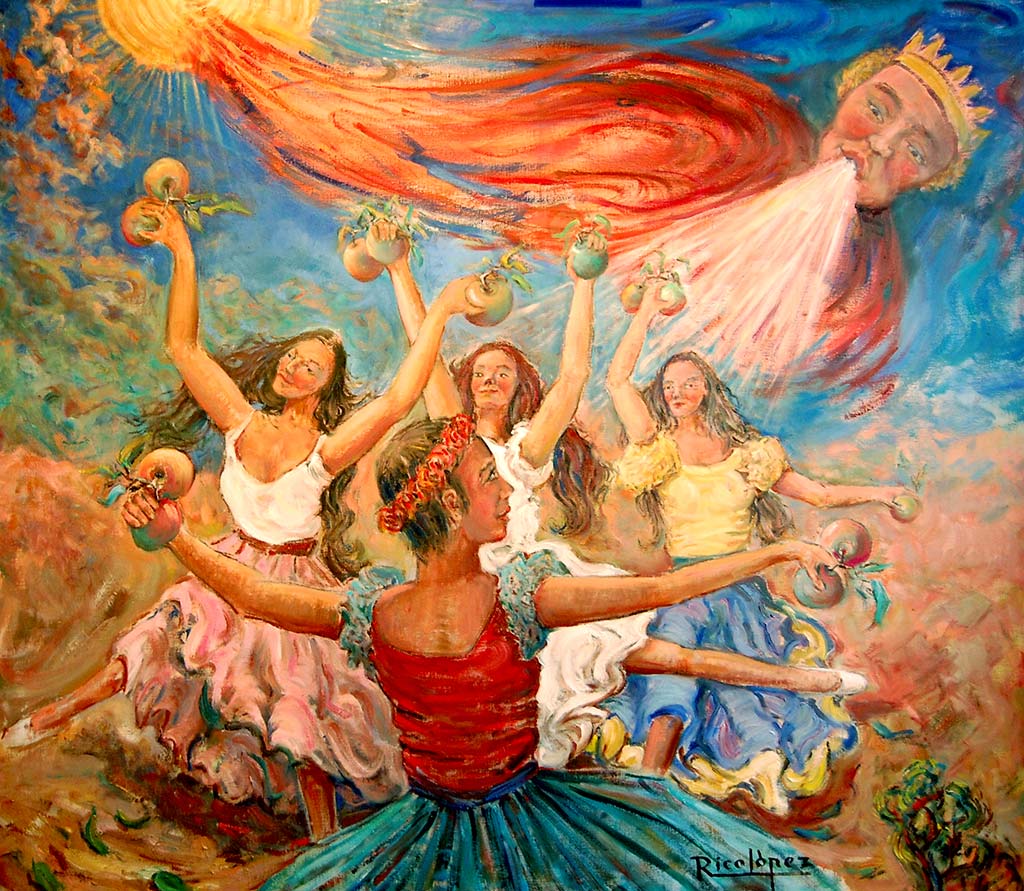The dance of life
Life on our planet develops, in general, in a cyclical and repetitive way, always in the same way, through three fundamental parameters, birth, development and extinction, corresponding to a norm of a higher being.
In the case of the human being, the different generations follow one another in accordance with the aforementioned rule regarding matter, that is, the body, but his soul, the spirit that gives life to that matter, continues to live to pass to another transcendental life .
In short, the parameters of life mentioned, first and third, are immovable, the same for all, but the second, referring to development, is variable, different and in a certain way monotonous, due to the freedom that human beings have in living. his life. Therefore, metaphorically speaking, said development, and therefore human life, can be assimilated, due to its mobility and variety, to a repetitive dance in time, in which all humans participate with their corresponding generations, and God as the author of the script and the scores corresponding to said dance concert, to be performed by the human race. The dancers are dressed in festive, lively, colorful and festive costumes to show the joy, satisfaction and honor they experience from being mothers.
On the other hand, the apples that they carry in their hands represent the attraction of women to find their Adams. Normally, they carry three apples, three are the dancers, since three is the minimum number that multiplies in human reproduction, generally, in a marriage, two leave and three children stay. Eva carries more apples because she is the mother and the origin of human multiplication.
In the middle of the left part of the painting, you can see some greenish clouds, which represent the problems that the human being creates in relation to the created and unborn being, whose soul is given, or blown, by God at the beginning of his life. conception. These clouds are disappearing and reddening, as they rise to areas where they receive the warm and spiritual light of love and reason.
Work commented by the master oil painter Juan Rico López
In short, the parameters of life mentioned, first and third, are immovable, the same for all, but the second, referring to development, is variable, different and in a certain way monotonous, due to the freedom that human beings have in living. his life. Therefore, metaphorically speaking, said development, and therefore human life, can be assimilated, due to its mobility and variety, to a repetitive dance in time, in which all humans participate with their corresponding generations, and God as the author of the script and the scores corresponding to said dance concert, to be performed by the human race. The dancers are dressed in festive, lively, colorful and festive costumes to show the joy, satisfaction and honor they experience from being mothers.
On the other hand, the apples that they carry in their hands represent the attraction of women to find their Adams. Normally, they carry three apples, three are the dancers, since three is the minimum number that multiplies in human reproduction, generally, in a marriage, two leave and three children stay. Eva carries more apples because she is the mother and the origin of human multiplication.
In the middle of the left part of the painting, you can see some greenish clouds, which represent the problems that the human being creates in relation to the created and unborn being, whose soul is given, or blown, by God at the beginning of his life. conception. These clouds are disappearing and reddening, as they rise to areas where they receive the warm and spiritual light of love and reason.
Work commented by the master oil painter Juan Rico López

